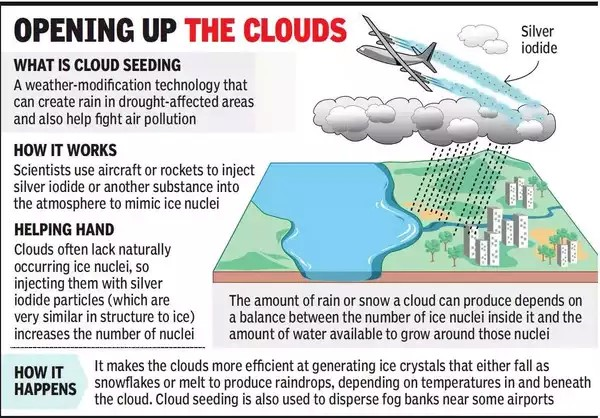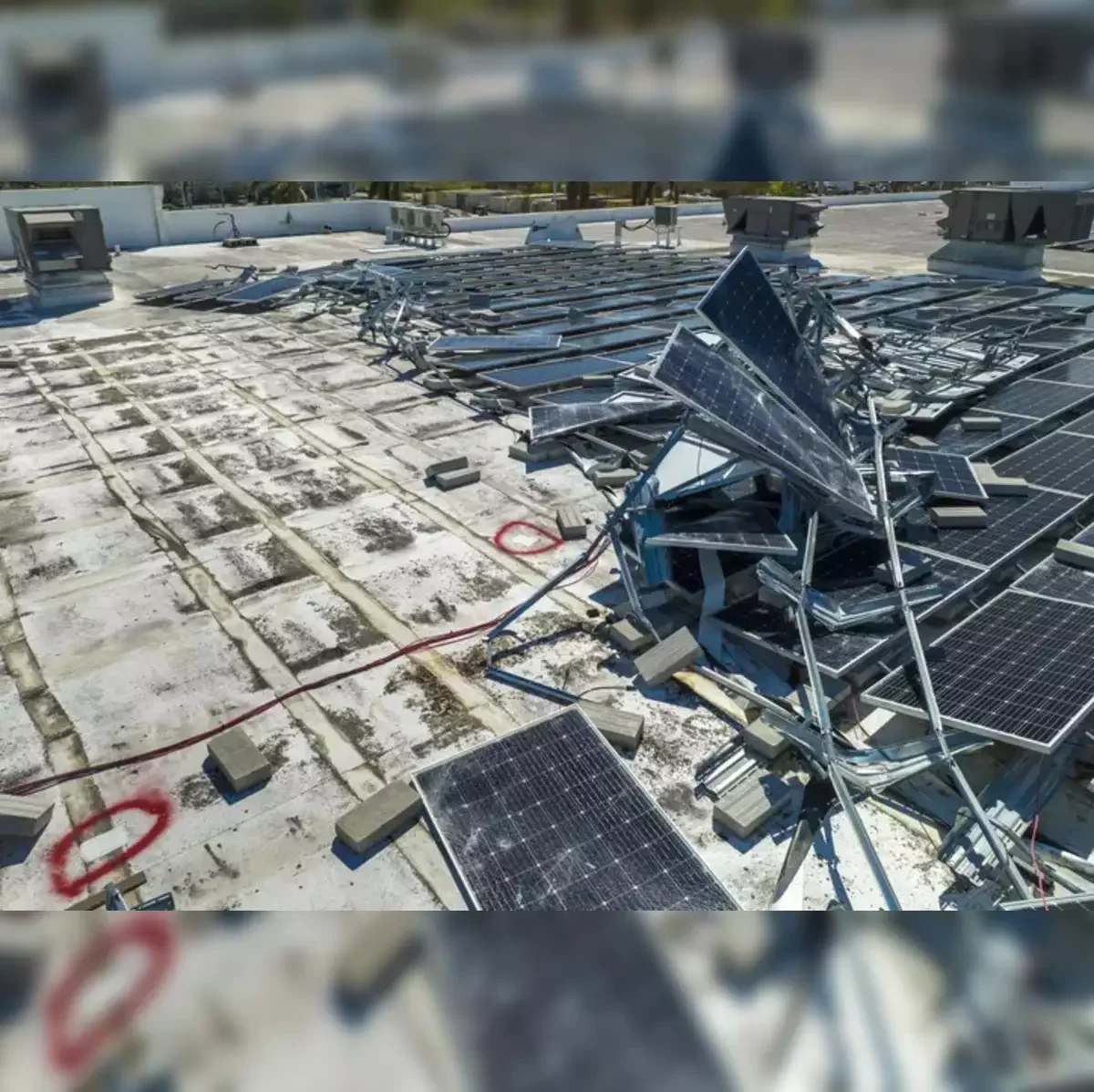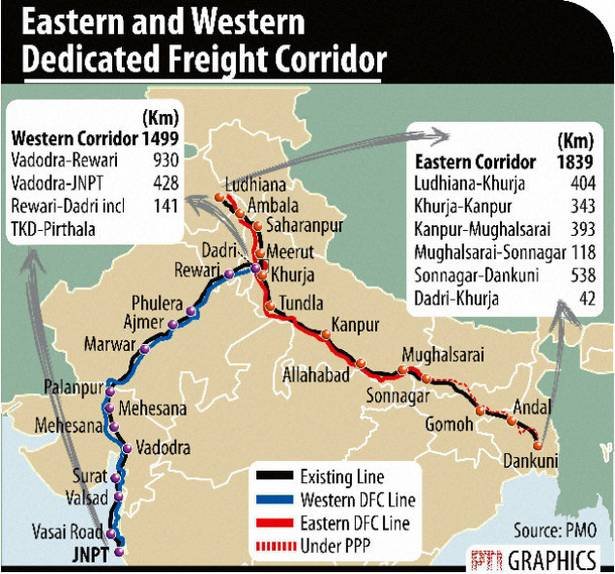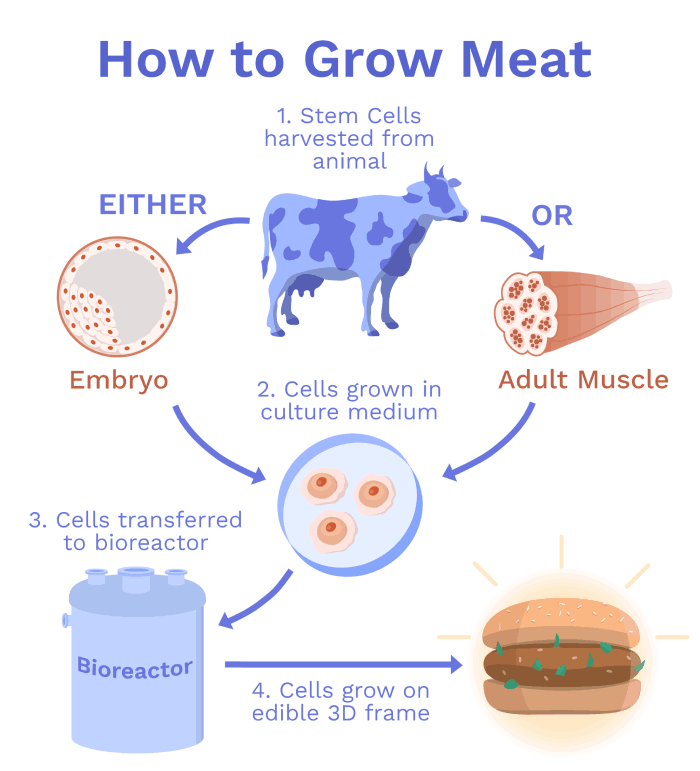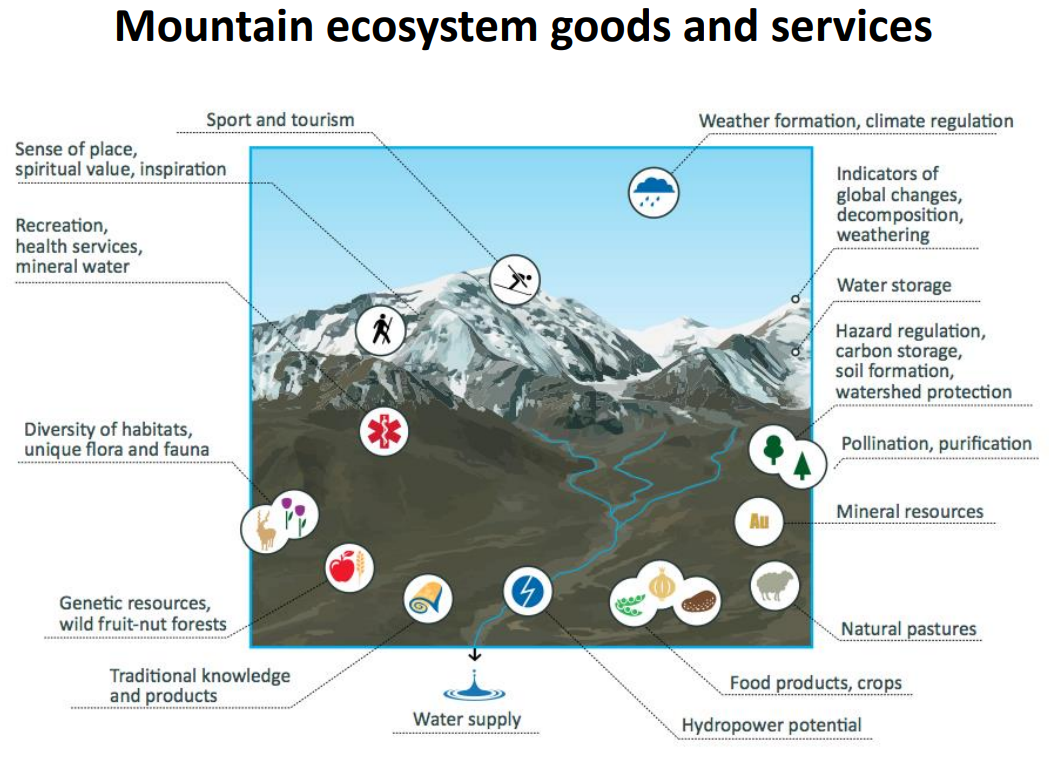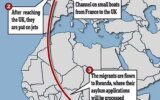
Minimum Export Price
Subscribers of "Current Affairs" course can Download Daily Current Affairs in PDF/DOC
Subscribe to Never Miss an Important Update! Assured Discounts on New Products!
Must Join PMF IAS Telegram Channel & PMF IAS History Telegram Channel
- Context (PIB | IE | IE): GoI is increasing the minimum export price (MEP) on agri products like wheat, rice, and onion to ensure domestic availability.
Minimum Export Price (MEP)
- MEP is a trade policy tool governments use to set a floor price for certain exportable commodities.
- Objectives of implementing MEP may include:
- Food Security: To maintain affordable access to essential food items.
- Price Stability: To prevent export-driven domestic price spikes.
- Revenue Generation: To generate income from exports.
- Market Control: To maintain control over the export of strategic or sensitive products.
Recent MEPs Imposed by GoI on Agri Products
|
Agri Product |
Minimum Export Price (MEP) |
| Basmati Rice | $1,200/tonne |
| Onion | $800/tonne |
Reasons Why MEPs Imposed by GoI on Agri Products
- To ensure domestic availability and curb food inflation.
- Competitive populism: A political strategy in which different political parties or leaders compete to offer populist policies to gain the electorate’s support.
Implication of MEPs Imposed by GoI on Agri Products
- Losing export markets: E.g., India may lose its basmati export market to Pakistan.
- Reduced export competitiveness: It will lead to a reduction in export volumes.
- Trade disputes: Other countries may see MEPs as trade barriers.
- Market distortions: Lower exports discourage farmers from producing certain crops, affecting the country’s crop selection and cropping patterns.
- Implicit tax on farmers: It may hurt farmers who rely on exports for their income.
- Complexity and administrative burden: It may require additional resources to monitor and enforce.
- It leads to smuggling and other illegal activities
- Negatively impacts the food security of some countries
Minimum Export Price (MEP) for Rice
- GoI is restricting rice export to ensure adequate availability of rice in the domestic market.
- Recent restrictions by GoI on rice exports:
- MEP of $1,200/tonne on basmati rice
- Ban on the export of non-basmati white rice
- Ban on the export of broken rice: To ensure adequate availability for domestic livestock industry consumption and ethanol production.
- Export duty of 20% on rice in the husk (paddy or rough), husked (brown rice), and semi-milled or wholly-milled rice
- Export duty of 20% on parboiled rice.
- Limitation: Selective export controls, such as those on rice, can be bypassed through misclassification. For example, white non-basmati rice is exported under heads of parboiled and basmati rice.
|
Issues with MEP for rice
- MEP was set only for basmati and excluded other premium-quality Indian rice.
- The MEP set for basmati was too high ($1,200/tonne).
Other Premium Quality Indian Rice Varieties
|
Solution: Uniform MEP
- Include other premium varieties: Other premium rice varieties not sold through PDS will also be insulated from trade policy vagaries like MEP.
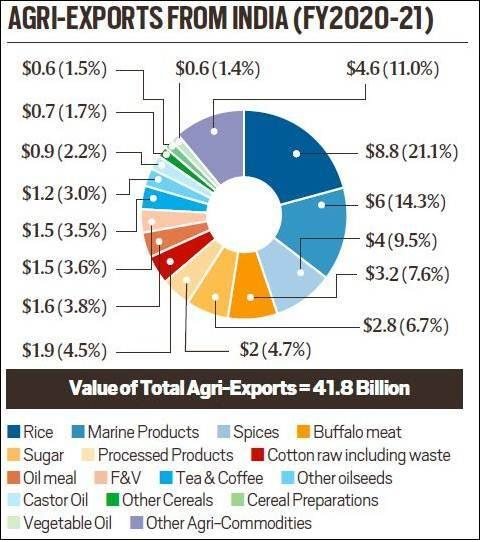




![PMF IAS Environment for UPSC 2022-23 [paperback] PMF IAS [Nov 30, 2021]…](https://pmfias.b-cdn.net/wp-content/uploads/2024/04/pmfiasenvironmentforupsc2022-23paperbackpmfiasnov302021.jpg)


